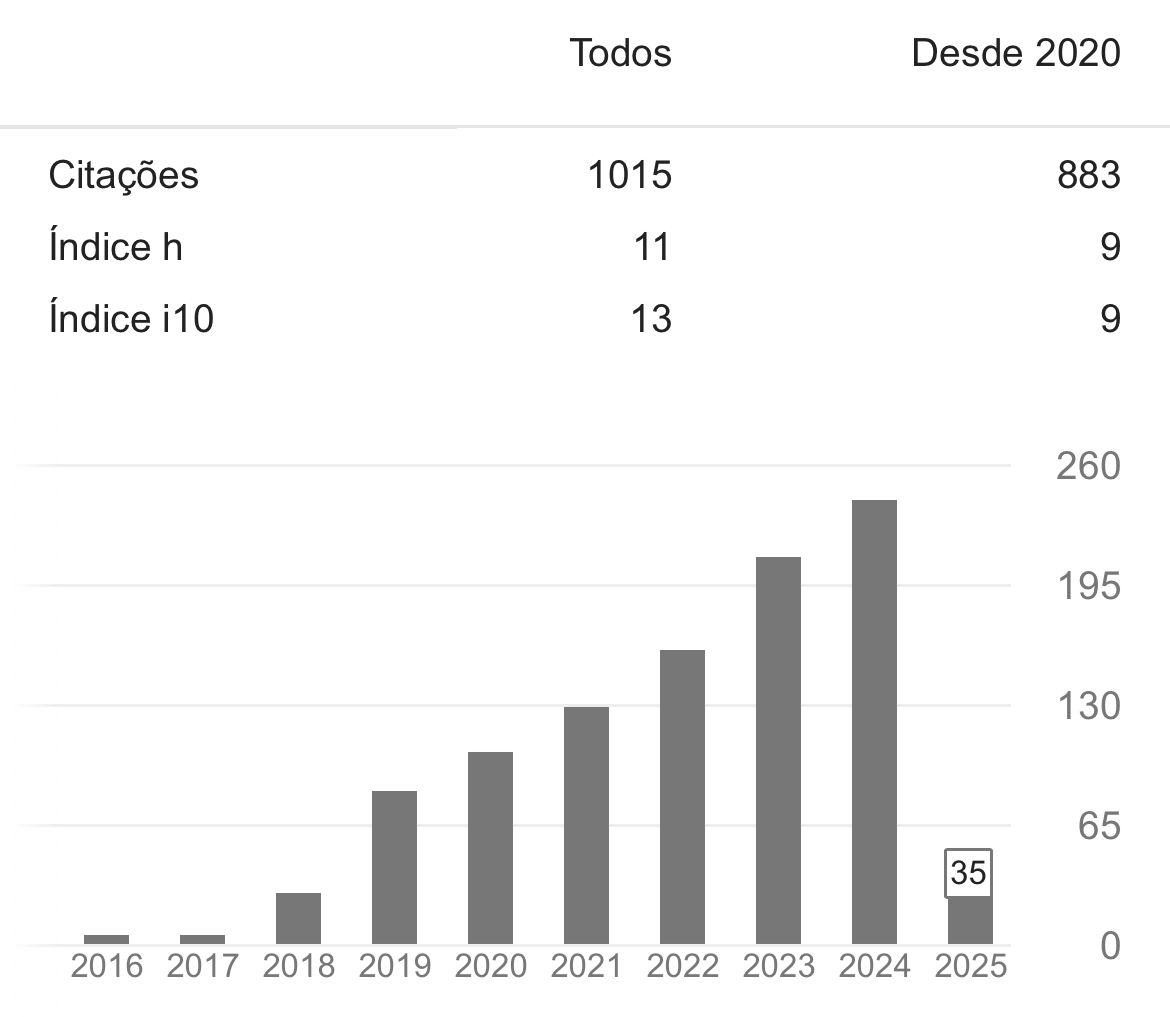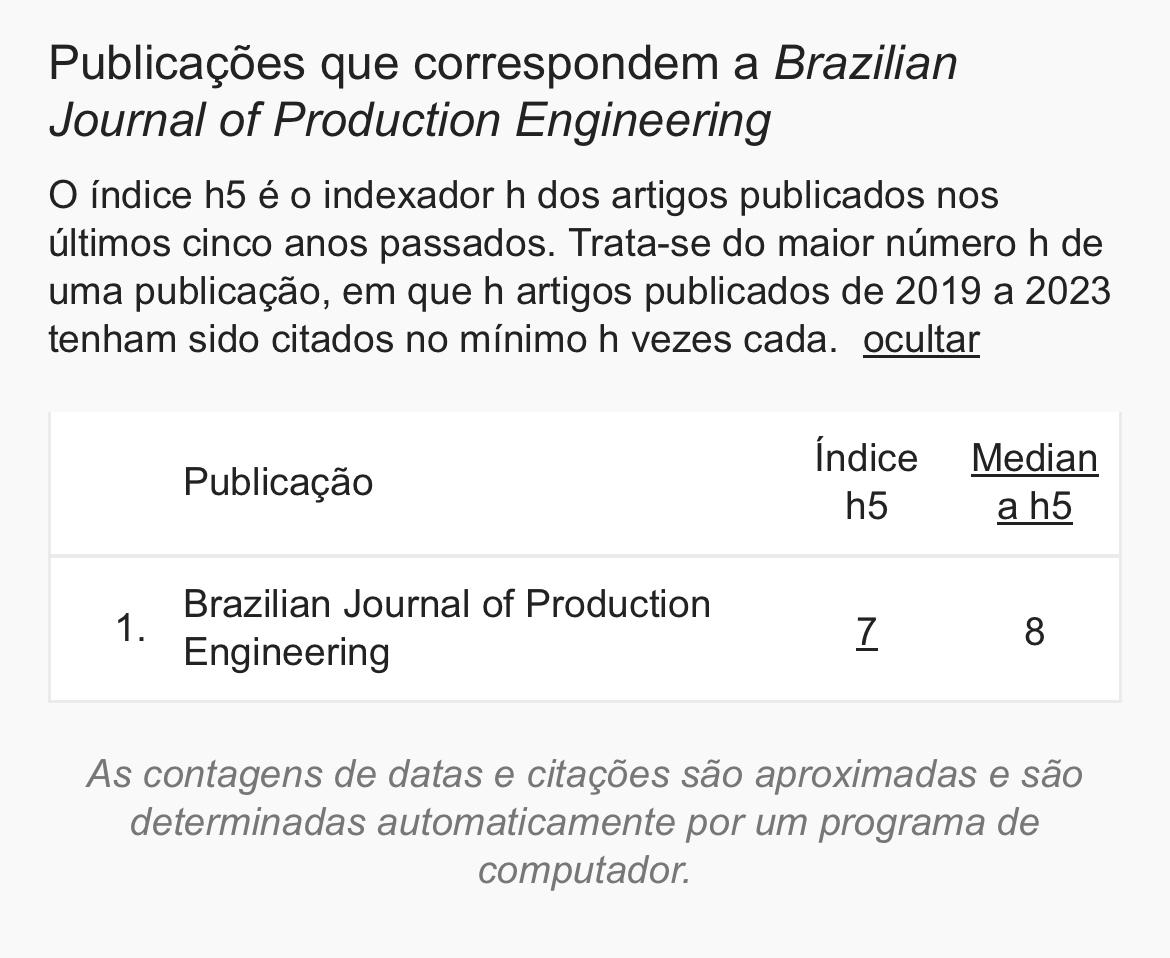Review on advanced technologies for the recovery of aluminum from waste carton packaging using pyrolysis
DOI:
https://doi.org/10.47456/bjpe.v7i1.34583Palavras-chave:
Pyrolysis, Carton Packages, Aluminum Recovery, Spouted BedsResumo
Pyrolysis is a green technology that makes it possible to separate aluminum from polyethylene in Tetra Pak packaging. This alternative can be used to reduce the environmental impact resulting from the inadequate destination of these modern wastes. In addition, recycling makes it possible to recover materials with high added value. For the recovery of aluminum and paraffinic oils from waste carton packs, this review article aims to highlight advances in science and technology for the recovery of aluminum from carton packs. Among the reactors analyzed, spouted beds and fluidized beds can be pointed out as new opportunities and great successes in the sector in the coming years. Regarding the economic potential, two factors point to the pyrolysis of waste from carton packaging as a promising technique: the added value of recycled materials and the energy savings of the process. Based on the economic analysis, pyrolysis has a positive economic potential of 190.5 US$/per ton of product. When compared to the traditional aluminum production process, pyrolysis can save 0.745 MWh for every ton of recovered carton pack. With regard to the profitability of the process, plasma pyrolysis has an accumulated cash ratio of 3.27 million and a rate of return on investment of 2.04%, proving to be an attractive investment.
Downloads
Referências
ABAL, (2010). Associação Brasileira do Alumínio – ABAL.
Alvarenga, L. M., Xavier, T. P., Barrozo, M. A. S., Bacelos, M. S., & Lira, T. S. (2016). Determination of activation energy of pyrolysis of carton packaging wastes and its pure components using thermogravimetry. Waste management, 53, 68-75. https://doi.org/10.1016/j.wasman.2016.04.015.
Artetxe, M., Lopez, G., Amutio, M., Elordi, G., Olazar, M., & Bilbao, J. (2010). Operating conditions for the pyrolysis of poly-(ethylene terephthalate) in a conical spouted-bed reactor. Industrial & engineering chemistry research, 49(5), 2064-2069. https://doi.org/10.1021/ie900557c.
Bacelos, M. S., & Freire, J. T. (2006). Stability of spouting regimes in conical spouted beds with inert particle mixtures. Industrial & engineering chemistry research, 45(2), 808-817. https://doi.org/10.1021/ie050633s.
Barcelos, K. M., Almeida, P. S., Araujo, M. S., Xavier, T. P., Santos, K. G., Bacelos, M. S., & Lira, T. S. (2020). Particle segregation in spouted bed pyrolysis reactor: Sand-coconut shell and sand-cocoa shell mixtures. Biomass and Bioenergy, 138, 105592. https://doi.org/10.1016/j.biombioe.2020.105592.
Butler, E., Devlin, G., & McDonnell, K. (2011). Waste polyolefins to liquid fuels via pyrolysis: review of commercial state-of-the-art and recent laboratory research. Waste and biomass valorization, 2(3), 227-255.
CEMPRE, (2019). Embalagens Longa Vida, CEMPRE – Compromisso empresarial para a reciclagem.
Cervantes-Reyes, A., Núñez-Pineda, A., Barrera-Díaz, C., Varela-Guerrero, V., Martínez-Barrera, G., & Cuevas-Yañez, E. (2015). Solvent effect in the polyethylene recovery from multilayer postconsumer aseptic packaging. Waste Management, 38, 61-64. https://doi.org/10.1016/j.wasman.2015.01.034.
Curtzwiler, G. W., Schweitzer, M., Li, Y., Jiang, S., & Vorst, K. L. (2019). Mixed post-consumer recycled polyolefins as a property tuning material for virgin polypropylene. Journal of Cleaner Production, 239, 117978. https://doi.org/10.1016/j.jclepro.2019.117978.
Freitas, T. M., Arrieche, L. S., Ribeiro, D. C., Gidaspow, D., & Bacelos, M. S. (2017). CFD analysis of fluidized beds using wastes from post-consumer carton packaging. Chemical Engineering and Processing: Process Intensification, 111, 89-100. https://doi.org/10.1016/j.cep.2016.12.002.
Geldart, D. (1973). Types of gas fluidization. Powder technology, 7(5), 285-292.
Haydary, J., Susa, D., & Dudáš, J. (2013). Pyrolysis of aseptic packages (Tetra Pak) in a laboratory screw type reactor and secondary thermal/catalytic tar decomposition. Waste Management, 33(5), 1136-1141. https://doi.org/10.1016/j.wasman.2013.01.031.
Lopez, G., Artetxe, M., Amutio, M., Bilbao, J., & Olazar, M. (2017). Thermochemical routes for the valorization of waste polyolefinic plastics to produce fuels and chemicals. A review. Renewable and Sustainable Energy Reviews, 73, 346-368.
Melo, J. L. Z., Bacelos, M. S., Pereira, F. A. R., Lira, T. S., & Gidaspow, D. C. F. D. (2016). CFD modeling of conical spouted beds for processing LDPE/Al composite. Chemical Engineering and Processing: Process Intensification, 108, 93-108. https://doi.org/10.1016/j.cep.2016.07.011.
Neves, F. L. (1999). Reciclagem de embalagens cartonadas Tetra Pak. O Papel, 53(2), 38-45.
Olazar, M., San Jose, M. J., Penas, F. J., Aguayo, A. T., & Bilbao, J. (1993). Stability and hydrodynamics of conical spouted beds with binary mixtures. Industrial & engineering chemistry research, 32(11), 2826-2834. https://doi.org/10.1021/ie00023a053.
Pedroso, M. C., & Zwicker, R. (2007). Sustentabilidade na cadeia reversa de suprimentos: um estudo de caso do Projeto Plasma. Revista de Administração-RAUSP, 42(4), 414-430.
San Jose, M. J., Olazar, M., Penas, F. J., & Bilbao, J. (1994). Segregation in conical spouted beds with binary and ternary mixtures of equidensity spherical particles. Industrial & engineering chemistry research, 33(7), 1838-1844. https://doi.org/10.1021/ie00031a025.
Tetra Pak, (2018). Post-consumer recycling of used carton packages.
Turton, R., Bailie, R. C., Whiting, W. B., & Shaeiwitz, J. A. (2008). Analysis, synthesis and design of chemical processes. Pearson Education.
Żukowski, W., & Berkowicz, G. (2019). The combustion of polyolefins in inert and catalytic fluidised beds. Journal of Cleaner Production, 236, 117663. https://doi.org/10.1016/j.jclepro.2019.117663.
Downloads
Publicado
Como Citar
Edição
Seção
Licença
Copyright (c) 2021 Brazilian Journal of Production Engineering - BJPE

Este trabalho está licenciado sob uma licença Creative Commons Attribution-NonCommercial-ShareAlike 4.0 International License.

Atribuição 4.0 internacional CC BY 4.0 Deed
Esta licença permite que outros remixem, adaptem e desenvolvam seu trabalho não comercialmente, contanto que eles creditem a você e licenciem suas novas criações sob os mesmos termos.
















































































